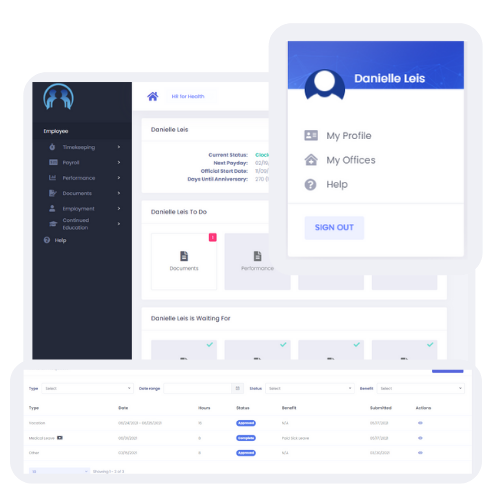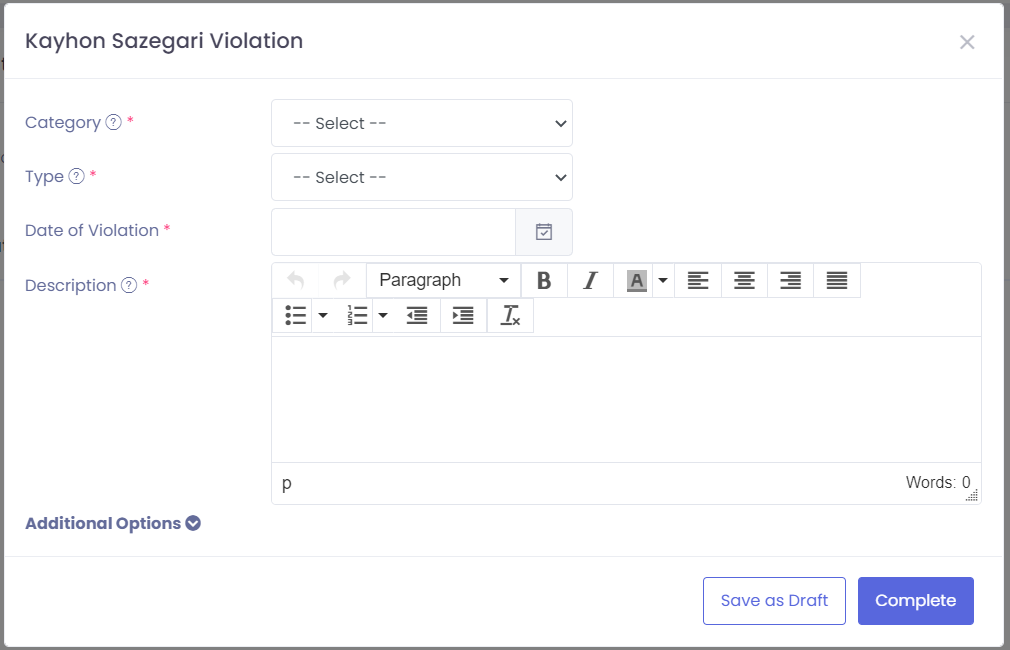Creating job satisfaction and a motivating environment can help retain the best employees. This can be achieved through proper onboarding, orientation programs, wellness offerings, communication tactics, compensation strategies, and perks like company retreats or mentorship programs.
Introduction
The best employees are hard to come by and can be challenging to retain. Many factors go into employee retention, but one of the most important is creating an environment that fosters job satisfaction and keeps employees motivated.
This post discusses critical factors in retaining your best employees—from onboarding them properly through orientation programs, wellness offerings, communication tactics, compensation strategies, and perks like company retreats or mentorship programs.
Onboarding
Onboarding is a process by which new employees are brought into an organization, helping them feel comfortable and confident in their new role. Onboarding can be handled in a variety of ways, but you must make sure your onboarding process includes all three parts:
- Introduction – The first part is introducing yourself and welcoming the new employee to the team. You should also be able to explain your company’s culture, mission statement or values (if applicable), and any other essential information they should know about their job responsibilities.
- Training – Once introductions are complete, it’s time for exercise! This is where you’ll teach them how things work around here–how to use our software programs; who does what job; where everything is located within our building/office space; etcetera.
It’s important not only because this information helps keep everyone working together smoothly but also because many companies require some degree of certification before hiring someone full-time so that they can demonstrate competency with specific tools/techniques/etcetera beforehand so there isn’t any confusion later down the line when things get busy at work with deadlines looming overhead.”
Orientation
Orientation is a process that introduces new employees to their workplace, explains the company’s values and culture, and allows them to ask questions. You can do directions on-site or off-site depending on the size of your organization and whether you have all the necessary resources available in one place. However, regardless of where you hold your orientation, there are several vital elements that it should include:
- An introduction from upper management
- Company policies/procedures (including dress code)
- Introductions by team leaders/supervisors
Recommended Reading: How To Write Job Descriptions That Get Results
Wellness Offerings
Wellness programs are a great way to show employees that you care about their well-being while inviting them to stay healthy. You can offer wellness benefits in several different ways:
The company can pay health insurance deductibles and copays as part of your health insurance plan. This is an excellent option for companies with large employee bases who want an easy way to encourage their workers to take advantage of health insurance coverage and reduce costs associated with employee absenteeism due to illness or injury.
You can offer discounts on gym memberships through your company’s human resources department or directly from local gyms where employees live nearby (or even at home). This helps keep everyone active while encouraging them to build healthier habits over time–and save money on other expenses like food shopping!
Communication
Communication is critical to retaining employees. Communication is not just about sending emails and messages but also includes any form of communication between you and your employees–in person or remotely. The following are some ways you can communicate with your team:
- Written – Emails, memos, letters
- Spoken – Face-to-face meetings (in person), phone calls/Skype calls/video chats (remote)
- Visual – Presentations on PowerPoint; posters around the office
Employee Compensation
A competitive salary is an obvious way to attract and retain employees. But other, less-obvious factors will help you keep your best workers around:
Provide benefits that meet their needs. Your employees won’t stay if they feel they’re being taken advantage of (e.g., paying out-of-pocket for health care).
Please make sure there’s a clear career path for them at your company so they know where they stand about others within the organization and what steps must be taken to advance if they wish it. This can be as simple as posting job listings online or making internal announcements when new positions become available within departments that interest individual employees.
Give training opportunities so everyone feels comfortable doing their jobs well; this helps increase productivity by reducing mistakes caused by inexperience or lack of knowledge about how things work around here! In addition, training should include mentoring programs where more experienced staff members assist newer hires with questions/difficulties regarding their organizational roles.”
Perks
Perks are one of the most effective ways to show your employees you value them. They can be anything from free coffee to a gym membership, but they should always be something that helps improve their quality of life and well-being.
Perks are also a great way to recruit new talent–when job candidates are considering whether or not they want to work for your company, offering perks will help sell them on it!
Continuous Feedback
One of the most important things you can do to retain your best employees is to provide them with continuous feedback. It’s not enough to give them feedback once a year or every six months; you need to provide them with feedback continuously, so they know exactly where they stand and what they can do better next time.
This means that anything specific needs improvement should be addressed immediately, not just at review time. For example: if an employee brings up an issue with their manager during an annual performance review (like “You never listen”), it would be helpful for managers to address this issue immediately rather than waiting until next year when everyone has forgotten about it!
Mentorship Program
Mentorship programs are a great way to help new employees learn the ropes and long-term employees develop new skills. Mentors can be formal or informal, but mentorship programs are a great way to build a company culture and keep your best people happy.
HR Software
Investing in HR software will allow you and your team to properly track, communicate, and implement these employee retention plans. With HR for Health, we will help you with onboarding, employee performance, payroll, and your employee handbook. These retention strategies must be tracked and stored in software for record keeping. This is where we ensure that all employee records are safely secured in our cloud-based documentation.
Recommended Reading: Top 8 HR Management Software in 2023
Conclusion
Retaining your best employees is vital to the success of your organization. However, it’s important to remember that you can’t just focus on one area, like compensation, and expect the problem to go away. You need to look at all aspects of employee retention and ensure they work together. For example, suppose an employee needs a better experience during onboarding or orientation at your company. In that case, they may be less likely to stay long-term even if they feel well compensated by their salary or benefits packages (which could be another issue altogether). For any strategy to work effectively, it must address all factors involved in retaining employees from the start through the finish!
How HR for Health Can Help
Ready to get started with HR for Health? Contact us today for a fifteen-minute consultation and learn more about how HR for Health can help your practice grow and protect you from various HR challenges.




